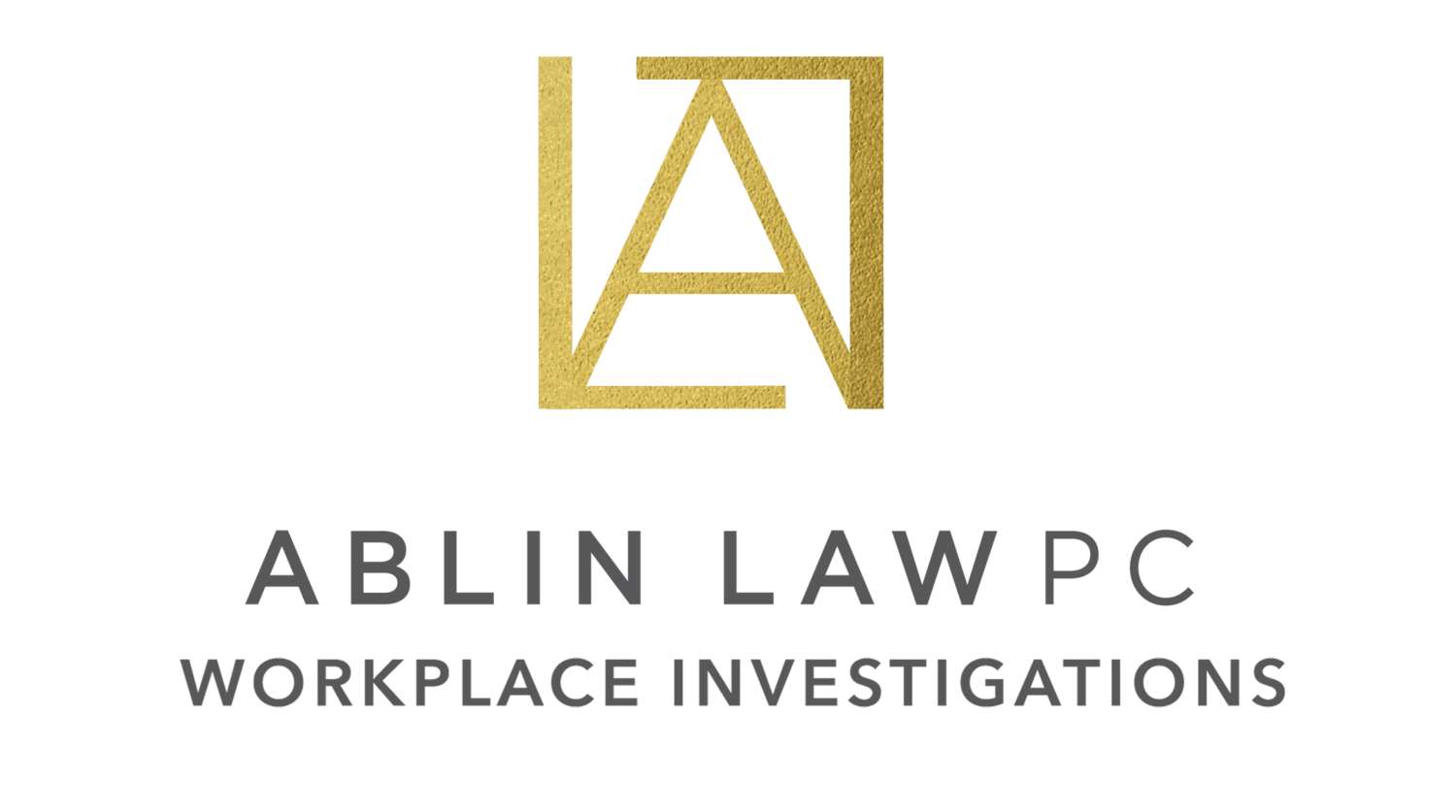As the world advances towards greater awareness and enforcement of inclusivity norms, it’s easy to think workplace harassment is a nonexistent issue — an outdated behavior clashing with the progressive values of today’s workforce.
In reality, this perception is far from accurate. Despite the elevated consciousness around the topic and improvements in some areas, harassment within the workplace not only persists but continues to challenge the integrity of professional environments. Consider:
- Approximately 40% of working women have experienced sexual harassment in their careers. The harassment ranges from sexist jokes to obscene remarks directed at them.
- Fifty-two percent of employees have witnessed or experienced inappropriate, unethical, or illegal behavior in the workplace. Among these behaviors, bullying was most prevalent (51%), followed by sexual harassment (40%) and racism (30%)
- Eighty-three percent of transgender employees experienced or witnessed harassment or misconduct (compared to the 52% overall mentioned above).
Given the evolving nature of harassment and its impact on employees and employers, the U.S. Equal Employment Opportunity Commission (EEOC) released long-awaited final guidance on workplace harassment in April 2024.
The first update to workplace harassment enforcement guidance in 25 years, it provides insights into preventing and addressing harassment, reflecting the latest legal developments and societal shifts.
Below is an overview of the new guidance. Employers should consider reviewing the summary of key provisions, FAQs, and a fact sheet for small businesses in order to evaluate current policies and procedures and ensure careful compliance. Doing so will help create a safe, respectful, and non-litigious work environment in the years ahead.
Expanded Definition of Harassment
Racial Harassment: Racial harassment now includes harassment based on traits or characteristics associated with a person’s race. For example, protection based on race includes a person’s name, speech pattern, cultural dress or accent, and physical characteristics (including hair texture, hairstyle, and appearance standards)
Sex-Based Harassment: Title VII of the Civil Rights Act now protects against:
- Discrimination based on pregnancy, childbirth, and related conditions like morning sickness, decisions related to abortion, use or non-use of birth control, and lactation.
- A person’s sexual orientation or gender identity or the expression of it. This includes behavior directed at a person because they present differently than stereotypes about their sex would suggest.
Religious Harassment: The prohibition on religious harassment extends to atheists and those who do not have any religious beliefs. It also protects against overt and implicit coercion to engage in religious practices at work and extends to religious stereotypes and accommodations.
National Origin Harassment: This form of harassment includes harassment based on physical characteristics, ancestry, or linguistic or cultural characteristics.
Greater Emphasis on Subtle Behaviors
In this updated report, the EEOC places greater focus on more subtle behaviors, such as small, often unintentional actions or comments that target employees based on protected characteristics.
Examples include forwarding an offensive or derogatory “joke” email, mocking a person’s accent, or making fun of a person’s religious garments, jewelry, or displays.
Intersectional Harassment
The guidance acknowledges harassment that occurs at the intersection of two or more protected categories. For instance, harassment of a woman over forty may be considered both age and sex discrimination.
Further, the guidance notes that harassment can occur even if the harasser shares the same protected characteristics as the victim.
5 Steps Employers Can Take to Ensure Compliance
In light of the EEOC’s guidance, employers should consider taking steps to ensure compliance with the updated standards. Below are some proactive strategies:
- Update harassment policies. Clearly define all forms of harassment, including microaggressions and third-party misconduct. Include examples (e.g., racial jokes, inappropriate touching) and emphasize a zero-tolerance policy for all incidents.
- Ensure accessible reporting channels. Provide multiple ways to report harassment (e.g., anonymous hotlines) and guarantee confidentiality and protection from retaliation.
- Regular training: Offer mandatory training for employees and supervisors covering overt and subtle harassment, using interactive scenarios to improve understanding.
- Investigate complaints promptly. Investigate harassment complaints thoroughly and ensure consistent disciplinary action for offenders, regardless of their role.
- Monitor workplace culture. Regularly assess the work environment through surveys and feedback, promote respect and inclusion, and intervene early to address negative behaviors.
Final Thoughts
The EEOC’s 2024 harassment guidance provides an update, reflecting today’s more complex and nuanced workplace environments. Employers that stay proactive and take harassment prevention seriously will avoid legal risks and foster a culture of respect and inclusion that benefits everyone.
But if workplace issues do arise, seeking professional guidance is often the best course of action. Reach out to Ablin Law today for support with all aspects of workplace investigations.


Recent Comments